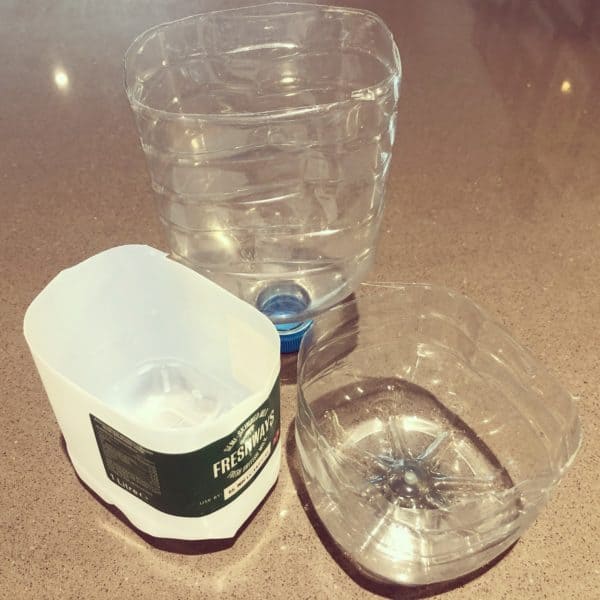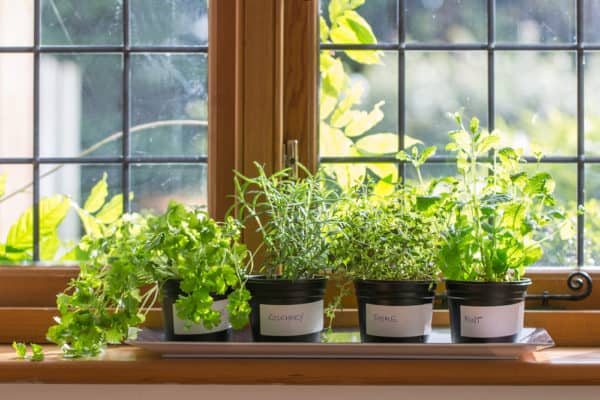There are so many benefits to gardening with children and so in this blog we explore some fantastic basic growing activities that you can do indoors or outdoors with your little ones.
Why are gardening activities beneficial?
Growing and gardening activities offer so many fun and interesting learning opportunities for children. For example, children can:
- Learn about different types of plants and what they require to help them grow. They’ll also start to learn about the different seasons, weather and the effects they have on the plants
- Learn about sustainability and the how we can help to look after the planet
- Explore and develop their senses, e.g. touch, smell, taste
- Increase their understanding of healthy eating and be encouraged to try new foods, and perhaps even foods they’ve refused before
- Develop hand- eye coordination and motor skills from gardening techniques
- Learn new words and develop their communication skills
- Practice mathematics, such as counting seeds and measuring water
- Learn to be patient when waiting for their flowers and vegetables to grow.
What if I have limited or no outside space?
When you think of growing and gardening activities you might think you need big outdoor spaces. However, with a little bit of creativity it’s absolutely possible to grow certain plants indoors or in small outdoor spaces.
Containers
Don’t worry if you don’t have gardening and growing pots. A number of household items will do just the trick, for example:
- Empty plastic packaging e.g. milk bottles (cut in half), yoghurt pots, small plastic fruit and vegetable boxes, e.g. strawberries, grapes, tomatoes (plus they already have drainage holes!)
- Egg shells
- Mason or jam jars
- Old teacups and crockery
- Colanders
- Tin cans (just be careful of the sharp edge)
- Muffin tins/ trays.

Space
There are lots of herbs and small plants that can be grown indoors or in small outdoor spaces. You can pick up some of these seeds in your local supermarket. For example:
- Basil
- Chives
- Mint
- Thyme
- Oregano
- Rosemary
- Cress
- Scallions
- Pea shoots
- Microgreens
- Celery
- Tomatoes
- Carrots
- Lettuce
- Spinach.
(note: some of the above plants will need bigger pots and a little extra space)

Easy Gardening activities
We’ve created free easy- to- follow activity cards to help get you started with indoor growing!
Growing and craft activities (PDF, 326KB)
Grow your own pea shoot hair (PDF, 168KB)
Grow your own celery (PDF, 56KB)
Grow your own herbs (PDF, 95KB)
Grow your own cress (PDF, 362KB)
Grow your own garlic (PDF, 498KB)

For more growing and gardening tips and ideas, visit the following websites:
Royal Horticultural Society (opens in new tab)
School Gardening (by RHS) (opens in new tab)


I want to plant herbs with children and use them for our snack time. Thank you,
Heya.
We have plants on a table in the nursery garden in order to make things easier. We are currently growing strawberries, peas, pumpkins, carrots and raspberries for now. I think soon we will visit the garden centre in our area to see what we find at their farm shop. Best wishes to you. I love to read your blog too. Every week the children have to water the plants including the indoor house plants. It is a great open air activity.
I’ve even used old makeup and pizza boxes. I also used to use trays to store plants on. I sometimes buy cheap gardening tools from shops. You can even use a small cheap watering can in addition to water the plants too. Try growing some plants as you might love it. If you happen to live near a allotment owner ask them for more advice on plants. I used to have a flowering patch in my garden. Failing that a windowsill or a balcony table works well. Buy cheap hanging baskets to use. You can squeeze a few house plants into boxes.
Thanks for taking the time to read our blog and we are glad you loved it. Great to hear about the range of gardening activities in your nursery setting and your tips.
Thanks,
Early Start Nutrition